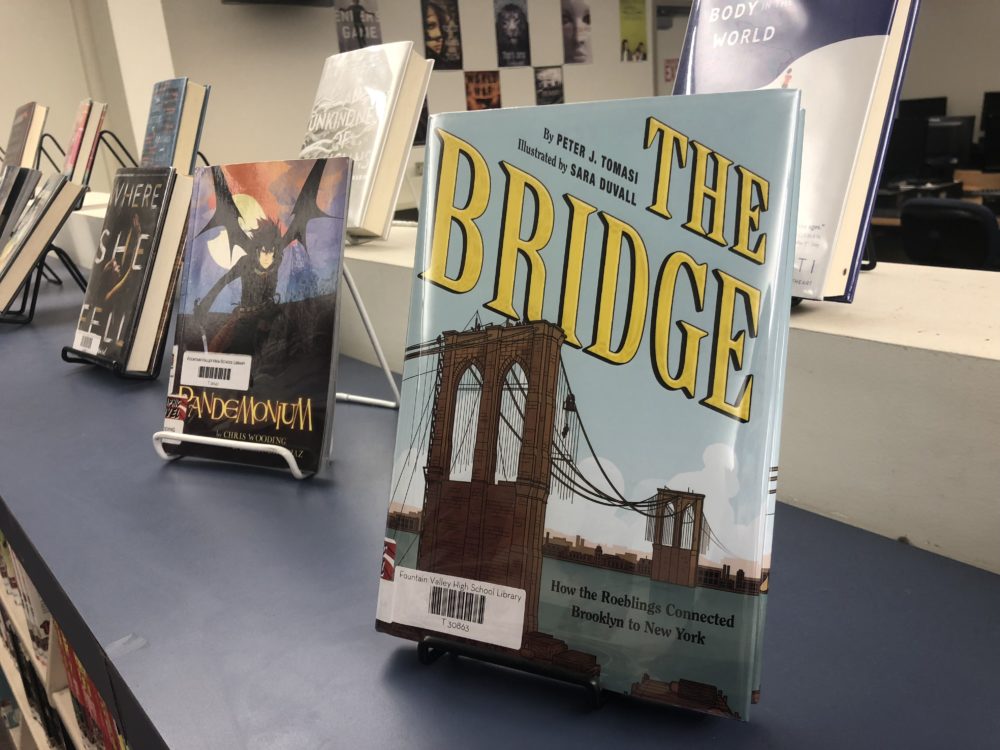
By Isabella Purdy & Jennifer Trend, Staff Writers
Graphic memoirs are one of the newer types of books to hit Young Adult (YA) shelves, both in stores and at the Fountain Valley High School library. Take a look into how authors combine hauntingly beautiful drawings with a look into their younger lives.
“Hey, Kiddo” by Jarrett Krosoczka
Genre: Drama, Non-Fiction
This is about a kid who grew up with his grandparents due to his mother’s addiction to heroin. As young Jarrett (or “Ja”) realizes the truth about his mother, he drifts apart from her and finds comfort and solace in art. Ja winds up joining the school newspaper in high school and is able to focus on his art and cartooning more. He eventually comes to terms with his past with his mother and father and lives a productive life. The drawings that Ja uses are beautiful and frightening and illustrate the pain that he went through.
“Be Prepared” by Vera Brosgol
Genre: Drama, Humor, Non-Fiction
This funny and sweet graphic memoir is about young Vera going to a summer sleep away camp for the first time. Her cute cartoon drawings and fun voice make this memoir very enjoyable to read. Vera learns what’s really important while in camp and also learns more about her Russian heritage as she is an immigrant that lives in New York.
“Rosalie Lightning: A Graphic Memoir” by Tom Hart
Genre: Non- Fiction
This memoir recounts the life of Hart’s daughter, Rosalie, who died at the early age of two. Depicted by an almost “rough” style of art, Hart expresses his love and grief for the loss of his daughter through a multitude of mediums. He opens up a new perspective of what it’s like to experience the death of a loved one and how he got through it with the help of nature and different works of art.
“The Bridge: How the Roeblings Connected Brooklyn to New York” by Peter J. Tomasi, Sara DuVall & Little Corvus
Genre: History, Non-fiction
Diving into the history of the Brooklyn Bridge, this graphic memoir goes into detail as to how it was created. Originally designed by John Augustus Roebling, the bridge was built by his son, Washington and daughter-in-law, Emily. It follows the trials they had to go through, highlighting the most important part- when Washington got sick and Emily stepped up to continue the project, handling the jobs that were not for women in those times.





